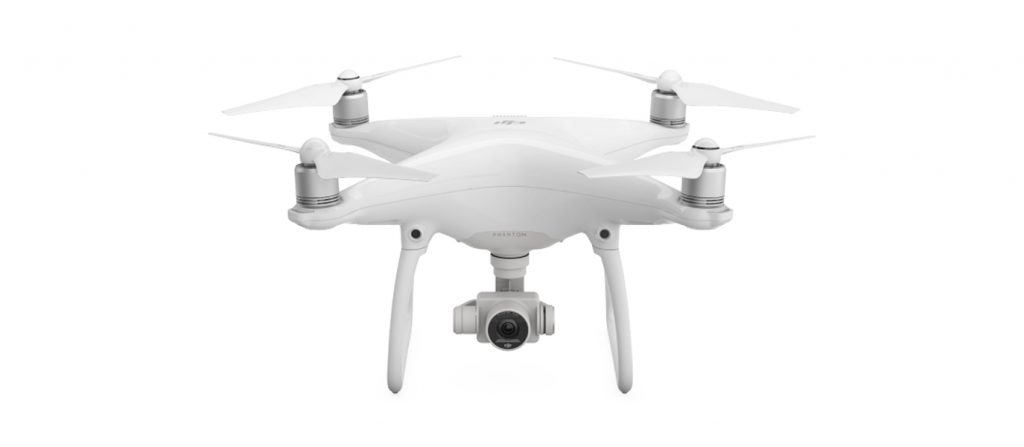The new Mavic is making big waves with its small form factor, while the botched release of GoPro’s Karma is helping DJI stay on top. However, all of these new drones mean significant price cuts on older models. I recently caught a good deal on my first drone, a Phantom 4, and here are my early impressions.

First off, the Phantom 4 is not a toy. I was expecting to open the box and start flying right away but it did take some learning. The DJI GO app (required to fly the drone) is mostly intuitive but the large amount of settings led me to watch a few YouTube tutorials for further info. I found DJI’s tutorial series to be ok but annoyingly slow paced. Lately, I’ve been watching Tom’s Tech Time instead because his videos explain a lot very quickly.
Favorite modes
So far, I’m obsessed with the Point of Interest (POI) mode. Mastering the flight controls to produce smooth, interesting video is taking some time but what I like about POI is it’s easy to get beautiful, cinematic movement. After setting a couple parameters in the app, the drone will do a perfect circle around the chosen target. This works extremely well for filming a stationary landmark, such as a lighthouse, group of people, or any other central point.
The other mode I have been playing with is ActiveTrack. This lets you choose a moving target, like a person running or a car driving, and the drone will then keep your subject in view until you stop it. I’ve found this can be a little jerky if the drone is very close to the subject, say within 20 feet, but the movement becomes smoother with more distance.
Sport mode is probably more fun than practical. It increases the sensitivity of the controls, as well as the maximum speed of the drone to around 45 mph. I noticed that the propellors would get in the way of the camera when I quickly flew the drone forward but side-to-side and backward movement worked fine.
Of course, the Phantom 4 offers multiple other modes but I have yet to test those out.
Battery storage
A few tips on storing batteries:
- From what I’ve researched, most users say to store batteries at around 30% – 50% capacity. The only time you want to charge them to 100% is about a day before you plan to fly.
- Although the drone itself can be stored just about anywhere, the battery should kept at room temperature.
- For peace of mind, buy a fire-resistant bag to store and charge your battery. LiPo batteries pack a lot of energy and can be dangerous if not cared for.
- Don’t charge the battery and remote controller at the same time. This tip is not so obvious but the DJI explicitly says these should be charged separately.
Carrying the drone
Surprisingly, I couldn’t find a great solution for carrying a Phantom drone. Everything I found was either well over $100 or too bulky to bring hiking. In a nutshell, the current options are: a heavy hard case that looks more like luggage, an overpriced drone-specific backpack from DJI or Manfrotto, or a cheap sling-style wrap to put around the standard form box that comes with the drone.
I went with the Manfrotto BP-D1 but only because I found a cheap used one on eBay. What I do like is that it also has enough room to store a DSLR and possibly a lens or two, although your mileage may vary depending on how many other items you have.
More to come
The first real-world test I have in mind is capturing my family snowmobiling. I’ll post the results as soon as they’re ready and will report back with other tips and lessons. I’ll also be hiking with the drone quite a bit next summer and especially during foliage season.